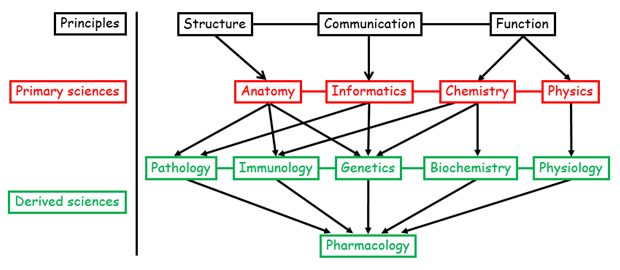 … NHS England has recognised that it should not fund homoeopathic remedies.
… NHS England has recognised that it should not fund homoeopathic remedies.
First, consider the highly versatile IndoEuropean root, SM, meaning one or as one.
In Latin, semel meant once only or once and for all, and simul had various meanings related to togetherness, in one company. A semelparous plant or animal reproduces only once and semelfactive Slavonic verbs describe sudden one-off actions. Simultaneous means happening at the same time. A simulation looks like something else, as if they were one and the same, and to assemble (Latin assimulare, to copy) means to bring things together, as in an ensemble. Semper, once and for all, gives us sempiternal, everlasting, and Sempervivum, a genus of plants such as houseleeks. Simple is from the Latin simplex, literally one fold (plica), meaning consisting of one element, and similis gives us similar, simile, and, truly, verisimilitude.
Russian words also come from SM. Samizdat, describing the clandestine or illegal copying and distribution of literature or the texts so produced, is a shortened form of a word for a self-publishing house, самоиздательство, and a samovar, literally self-boiling, is a tea urn.
Then there is a range of Sanskrit words, such as Sanskrit itself, which means put together or well formed, samhita (union or connection), a Vedantic text, samsara (complete movement), the cycle of death and rebirth, and sandhi (putting together), a term in Sanskrit grammar describing assimilative changes in the final and initial sounds of words in a sentence and in the final sounds of word stems. The English words same and some have similar roots.
In Greek the S in SM became a rough breathing: ἅμᾶ meant at once or at the same time and a hamadryad (Ἁμαδρυάς) was at one with her tree; ὁμός meant one and the same and ὅμοιος similar or resembling, suiting or according with. A myriad of English words begin with homo- or homoeo-: homogeneous and homogenous (note the difference), homolateral, homoscedastic, homosexual, homoeobox genes, homoeomorphic, homoeothermic, and of course homoeopathy, with its catchphrase “similia similibus curantur”, or “like cures like”. How unlikely.
Last week I mentioned two types of scientific interconnectedness, the quantum interconnectedness of fermions, as governed by Pauli’s exclusion principle, and more general scientific connectedness, which physicist Alan Sokal has described as “a powerful web of interlocking evidence coming from a variety of sources. … Only rarely does everything rest on one crucial experiment . . . science tends to link these theories into a unified framework . . . biology has to be compatible with chemistry and chemistry with physics” (Figure).
Figure. Bioscientific interconnectedness; not all disciplines nor all of the possible connections are shown
Sokal has invoked the interconnectedness principle to discuss homoeopathy: “The fundamental reason for rejecting homoeopathy is that there is no plausible mechanism by which homoeopathy could possibly work, unless one rejects everything that we’ve learnt over the last 200 years about physics and chemistry, namely that matter is made of atoms and that the properties of matter, including its chemical and biological effects, depend on its atomic structure; … the advocates of homoeopathy sometimes … [assert] that the curative effect of homoeopathic remedies arises from a memory of the vanished active ingredient that is somehow retained by the water in which it was dissolved. … [But] the problem is that the existence of such a phenomenon would contradict well tested science, in this case the statistical mechanics of fluids. The molecules of any liquid are constantly being bumped by other molecules, what physicists call thermal fluctuations, so that they quickly lose any memory of their past configuration, and when I say quickly I’m talking picoseconds not months. So, in short, all the millions of experiments confirming modern physics and chemistry also constitute powerful evidence against homoeopathy. … Even a clinical trial at the 99.9% confidence level would not begin to compete with all the evidence in favour of modern physics and chemistry. Extraordinary claims require extraordinary evidence.”
The final thrust in this extract reflects what physicists, such as Sokal, often require, namely that the results of their experiments must be supported by probabilities much greater than 99.9%, with data typically at least five standard deviations from the mean (P ≈ 3 × 10-7).
Homoeopathy’s failure to be at one with the rest of science makes it an impossible doctrine.
Jeffrey Aronson is a clinical pharmacologist, working in the Centre for Evidence Based Medicine in Oxford’s Nuffield Department of Primary Care Health Sciences. He is also president emeritus of the British Pharmacological Society.
Competing interests: None declared.
